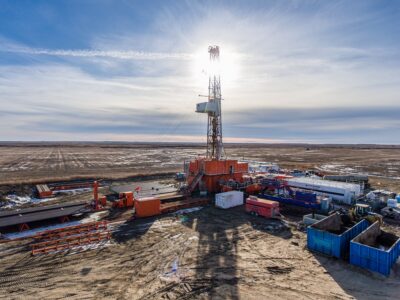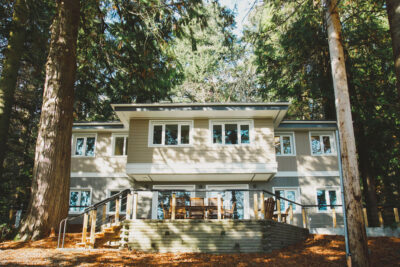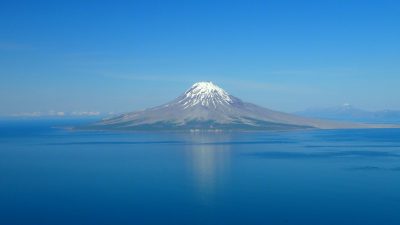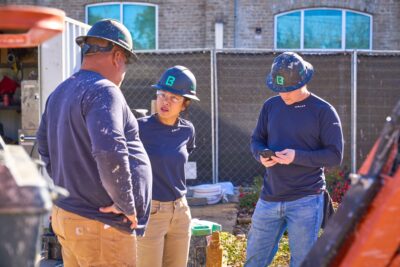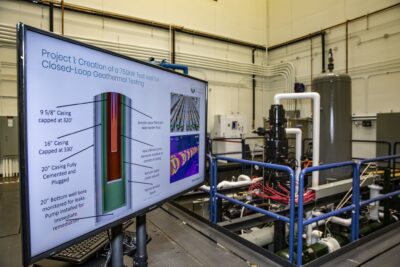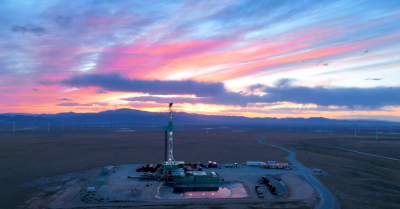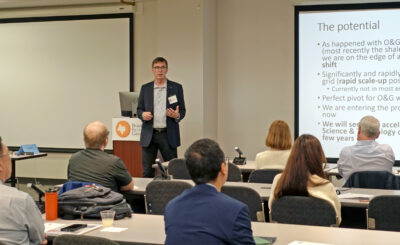Mapping the 450 °C isotherm and the potential of deep geothermal in Canada
A study by the Clean Air Task Force in collaboration with Seequent and the University of Twente models the depths to 450 C temperature in Canada.
Seequent, The Bentley Subsurface Company, has collaborated with researchers from the Clean Air Task Force (CATF) and the University of Twente to map and improve understanding of deep geothermal resources and their potential in Canada to support decarbonisation ambitions.
Seequent is presenting this work for a technical session on Geothermal in Northern Canada at GeoConvention 2023 on Tuesday, May 16, 2023; 8:35 AM – 11:50 AM.
PRESENTATION: Superhot rock energy and mapping depths to 450°C: Mapping, uncertainties and the potential of deep geothermal in Canada: Josh Sellars, Project Geophysicist, Seequent.
Using global geodynamic models, we examine and compare the predicted surface heat flow models and the computed depths to the 450C isotherm – the target isotherm for supercritical geothermal resources. The results from these models allow us to characterize the first-order nature of the thermal structure of the Earth’s lithosphere and the geodynamic environment these thermal anomalies occur. We describe uncertainties in the depth to and spatial location of the thermal anomalies between models. Using independent datasets such as Curie depth models, we explore uncertainties in the location of thermal anomalies and investigate how to develop a thermal model that can be used for the delineation and size of next-generation, superhot rock geothermal opportunities.
CONFERENCE PAPER: Mapping the 450°C isotherm: Mapping uncertainties and the potential of deep geothermal in Canada (researchgate.net) Authors: Josh Sellars, Seequent, Canada; Philip, J. Ball, CATF, USA; Kathleen Gould, Seequent, Canada; and Juan Carlos Afonso, University of Twente, Netherlands.
ABSTRACT: In the current geo-political energy environment, many governments around the world are looking towards alternative energy sources to assist with the phasing out of fossil fuels. As a result, geothermal energy has seen an intensification of interest because it may provide cost-competitive, carbon-free, always available renewable energy, while requiring significantly less land than other energy sources.
Increased exploration of geothermal resources is occurring along with a boom in technological innovations, with an eye towards exploration of deeper and hotter geothermal resources. To explore for supercritical geothermal resources, an improved understanding of subsurface temperatures and pressures is needed.
Successful characterization of the depth to critical isotherms and potential resource density requires a better understanding of the thermal structure of the entire lithosphere, yet actual hard data remains sparse. The lack of data to constrain the models leads to uncertainties in the global characterization of thermal anomalies.
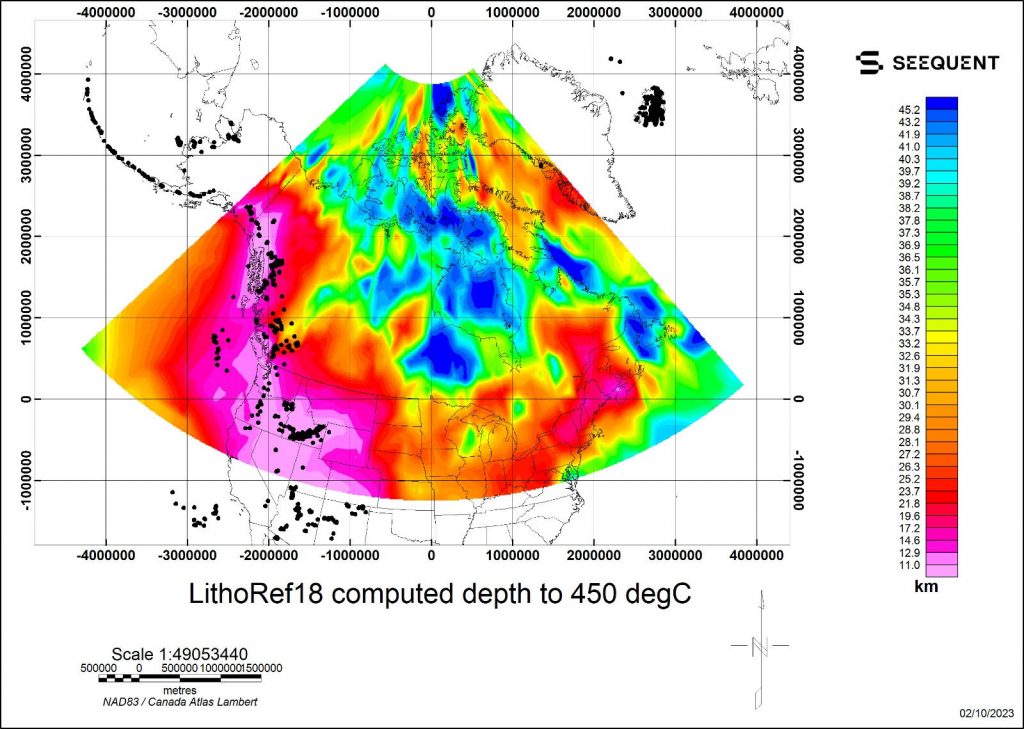
Using global lithosphere models (LithoRef18, Afonso et al., 2019), we examine and compare the predicted surface heat flow models and the computed depths to the 450 C isotherm. The results from these models allow us to characterize the first-order nature of the thermal structure of the Earth’s lithosphere and the geodynamic environment these thermal anomalies occur. In addition, we explore uncertainties in the depth and spatial location of the thermal anomalies between models and investigate how to develop a thermal model that can be used for the delineation and size of next-generation, superhot rock geothermal opportunities.
The results revealed the following first order observations:
- The 450 C isotherm from the LithoRef18 model is most shallow in the western Cordillera terrane. Although shallow depths to the 450 C isotherm is also revealed in Nova Scotia in the Caledonian terrane.
- Shallow depth of the 450 C isotherms correlate well with the distribution of recent volcanism and conventional geothermal power plants.
- LithoRef 450 C isotherm depths are shallower than CDP within the western Cordillera and eastern Caledonian terranes, but deeper than CDP data in Cratonic terrane. This highlights that CDP data may not be accurately reporting depth to CDP temperatures within regions of thick lithosphere and Cratonic domains, or conversely that LithoRef18 may be underestimating subsurface temperatures given the relatively simplistic assumptions introduced in this model for radioactive heat production in continental crust.
- Comparisons of modelled and observed isotherm data reveal that the LithoRef18 model tracks the large-wavelength changes reasonably well. The fact that the long wavelength pattern of predicted and observed SHF match well indicates that high-frequency anomalies, revealed in the residual maps, are likely of shallow origin (for example shallow water flow, small-scale magmatism, or hydrothermal activity).
The study emphasizes that models are not datasets or data. They carry a tremendous amount of modelling assumptions. Defining the depth to deep heat is notoriously difficult in the absence of constraining data. The models highlighted here reveal that all models have limitations when predicting subsurface temperature.
This preliminary investigation allows us to consider some regions where more data and/or further studies are needed to understand the distribution of heat within the crust and lithospheric mantle of Canada.
Source: Email correspondence







